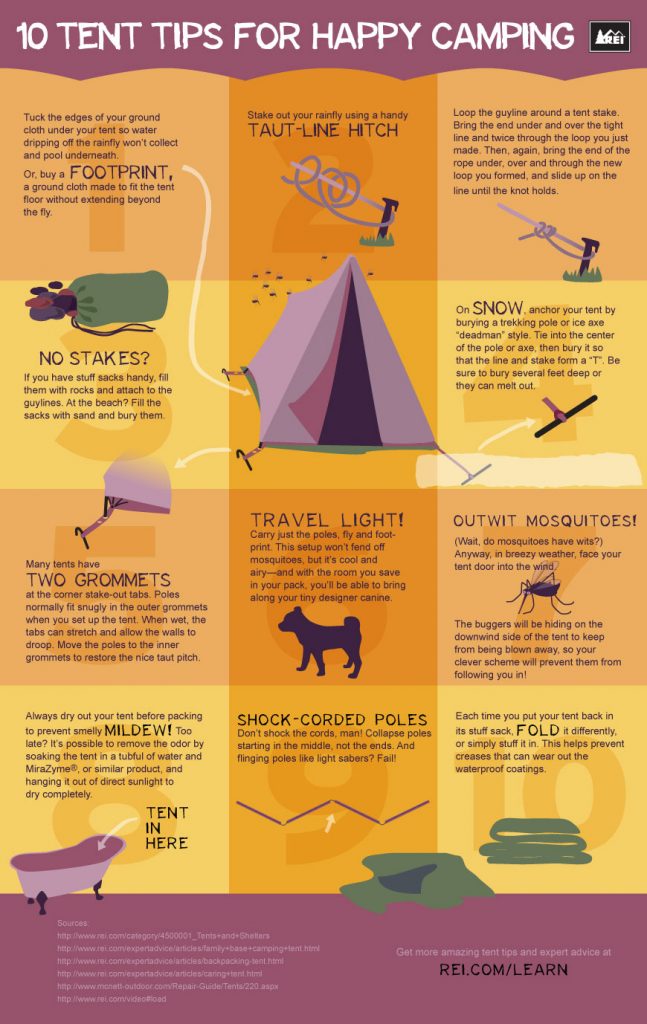Expanding Your Empire Online To Increase Camping Tents Product Sales
Expanding Your Empire Online To Increase Camping Tents Product Sales
Blog Article
Does Your Backpacking Outdoor Tents Required an Impact?
An impact is pricey and includes extra weight to your backpack. It likewise isn't especially resilient.
Are Bell tents worth the money?
Inevitably, whether an outdoor tents impact is necessary depends on where and how typically you're camping. Generally, it's a great idea to use one if you camp on abrasive surface areas or in damp problems.
Outdoors Tents with Reduced Deniers and Water-proof Rankings
Outdoors tents with reduced deniers and water-proof rankings have a tendency to be lighter, however they can likewise be much more delicate. They may require more regular repair work and have less interior room than harder versions. If you're a laid-back backpacker who suches as to take a trip quick and light, this could be great; nonetheless, more skilled hikers recognize that giving up toughness can include huge consequences down the route.
The denier and water-proof ranking of a camping tent's cover, rainfly, and floor can assist you determine its livability. Look for higher-denier textiles on the cover and rainfly, in addition to taped joints that aid stop water from leaking with stitches. Some makers even utilize heat and sealer throughout building and construction to develop a more powerful joint; these are called bonded joints.
The livability of a camping tent can likewise be identified by its floor measurements and ability. An outdoor tents's flooring must be somewhat smaller than the footprint to prevent water from merging under the shelter.
Tents in Rough Terrain
Several backpacking camping tents include an impact created especially for their design, which assists ensure a proper fit and protects the outdoor tents's base from wetness and sharp items. Other producers sell global impacts that can be reduced or folded to match a tent's measurements.
The kind of terrain you'll run into is one more essential consideration for picking a camping tent. For instance, if you'll be camping in a canyon or gully, glamping tent look for a sanctuary that can deal with strong winds. These problems produce turbulence that can make the distinction between appreciating your camping area or suffering pain.
The capability and peak elevation of a camping tent give you a great idea of its livability, yet extra variables to think about include vestibules (the area of the rainfly covering the doors) and general storage room. For instance, during our wintertime testing of the Marmot Tungsten, its charitable 93-by-82-inch floor conveniently handled 4 sweaty backpackers and their puffier shoulder period sleeping bags while still leaving enough space for equipment and people.
Camping Tents in Wet Issues
Even if your tent shows up dry, dampness lurks in the spaces and crannies. Over time, it can deteriorate the textile. That's why it's so important to make use of day of rest to deep-clean your tent and its elements, such as zipper cellular linings, stake loopholes and adjustable webbing bands.
Also, see to it to pitch your tent in a level location, not a divot or concave area, to make sure that ground water doesn't accumulate between the camping tent floor and footprint or tarp. And if you're utilizing a footprint, think about a custom-cut one designed for your camping tent's floor plan. It will not collect rainwater the means a generic ground cloth or tarpaulin can.
Practice establishing and removing your tent in the house before you hit the road, to get a feel for exactly how promptly and efficiently you can do it. Likewise, technique staking out your camping tent in various terrains to see exactly how very easy it is (or isn't) to do in bad weather conditions.
Camping Tents in High-Rise Situations
Outdoors tents range in floor dimension and livability. For example, a big outdoor tents with dual doors and vestibules like Marmot's Tungsten can deal with 4 backpackers without requiring gymnastics to enter and out or to store gear.
The minimal route weight specification is the very best specification to compare designs, as it consists of the bare basics: tent body, rainfly and poles. Yet keep in mind that the spec omits outdoor tents stakes, man lines and things sacks.
The majority of backpacking tents can hold up to a light summertime tornado, but some can be swept away by gale-force gusts. Search for a design with solid posts, a raised bathtub-style floor and joint taping to lower the chance of water seeping with. Costlier layouts also have a tendency to include more powerful products that can stand up to the impact of debris and other pressures.
How do you hold a tent down?
